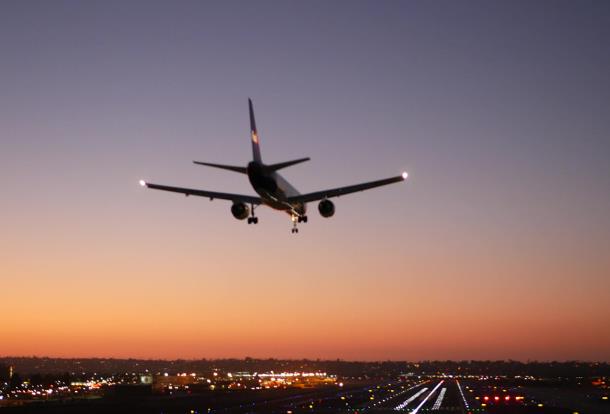Spring Airlines reported operating revenue of RMB 5.065 billion in the first half of 2017, up by 28.1% over a year ago. Net income attributable to shareholders was RMB 554 million, a 25.15% decrease from the previous year.
In the first half of the year, the total turnover of transportation was 1.335 billion ton kilometers, up 28.8% over the same period of last year. The revenue passenger kilometers (RPK) was 14.771 billion passenger kilometers, up 29.1% year on year; the number of passengers was 8.32 million, up by 26.8%; and the passenger load factor dropped by 1.1 percentage points to 91.8%.
Ancillary business revenue in the first half increased by 23.6% to RMB 409 million, to which online business contributed more than RMB 200 million, 25% more than the same period last year.
Revenue from core businesses (passenger and cargo transportation) for the first half of the year was RMB 4.832 billion, while the revenue from other businesses was RMB 233 million.

In the first six months of 2017, Spring Airlines operated 162 air routes, of which 101 were for domestic flights, 54 for international flights and the other seven for flights to Hong Kong, Macau and Taiwan (HKMT).
Overall available seat kilometers (ASK) increased by 30.7% year on year, of which domestic routes increased by 43.6%, international routes by 10.9% and HKMT routes by 16.1%. Because of the adjustments in route structure, the share of domestic routes ASK in overall ASK increased from 61.9% to 65.9%, whereas the share of international routes ASK decreased from 34.6% to 30.7%, and that of HKMT routes dropped slightly from 3.5% to 3.4%.
The concentration of international routes has been diluting since 2016 due to varying degrees of operating pressure and market competition for flights to Japan, South Korea and Thailand. The ASK of the flights to Japan was 29.5%, 6.8% for South Korea and 45.7% for Thailand, and the share of the ASK of those routes, in relevance to the total ASK of international routes, dropped to 81.9% in the first half of this year, from 91.0% at the end of last year.
With the gradual optimization of international route network, its domestic departure points reduced to 20 from 28 at the end of last year while overseas destination points remained at 19 as of the end of June.




